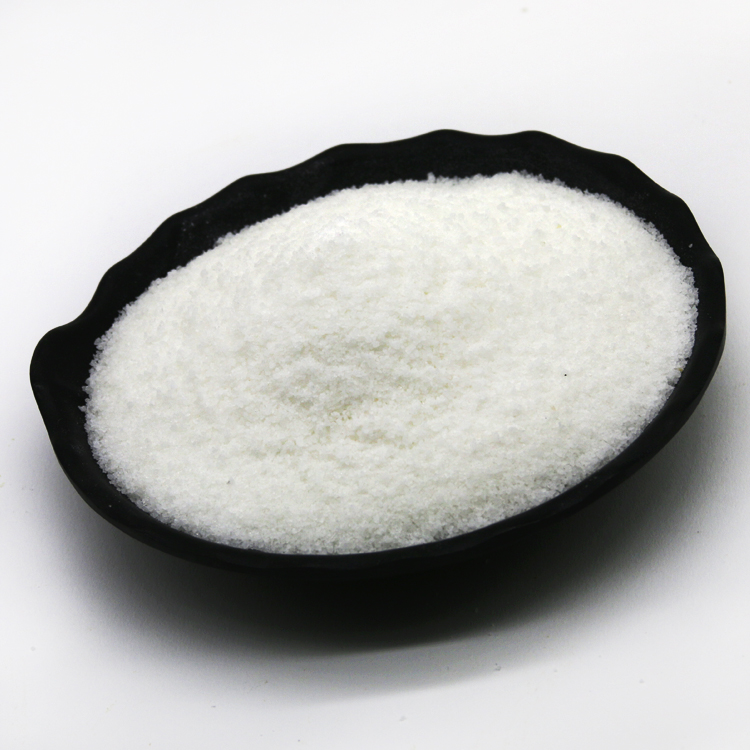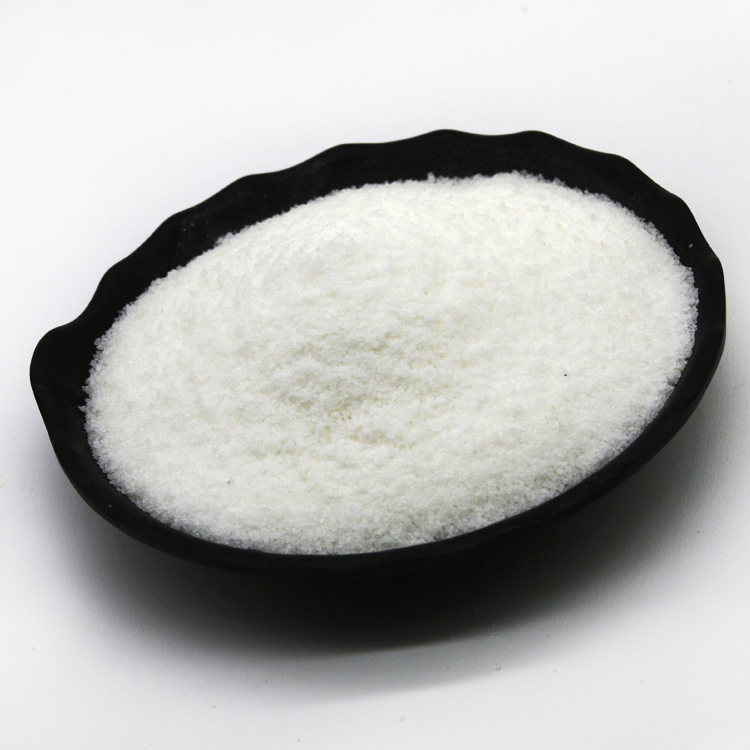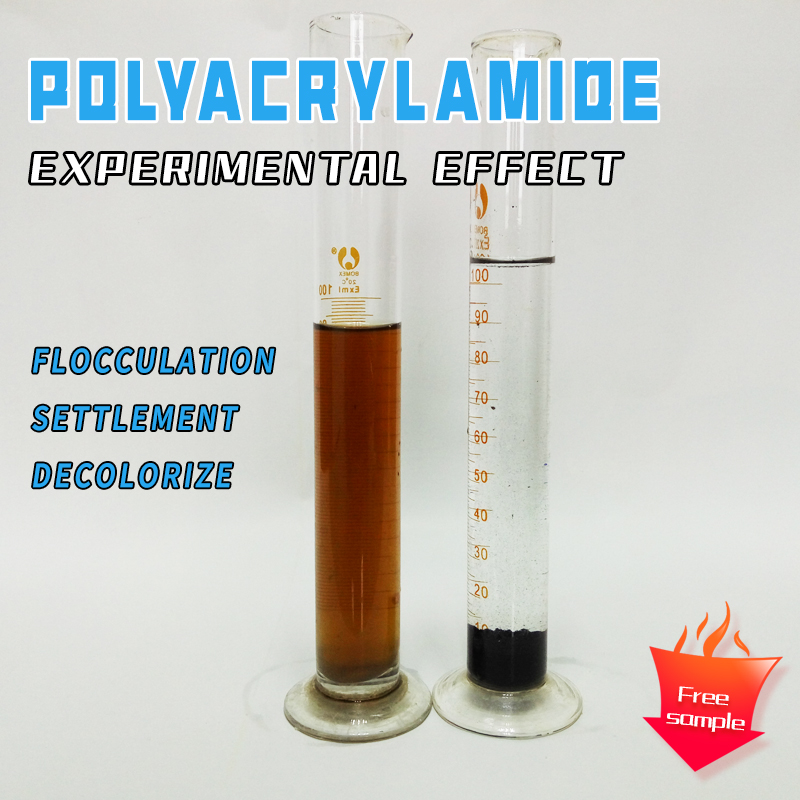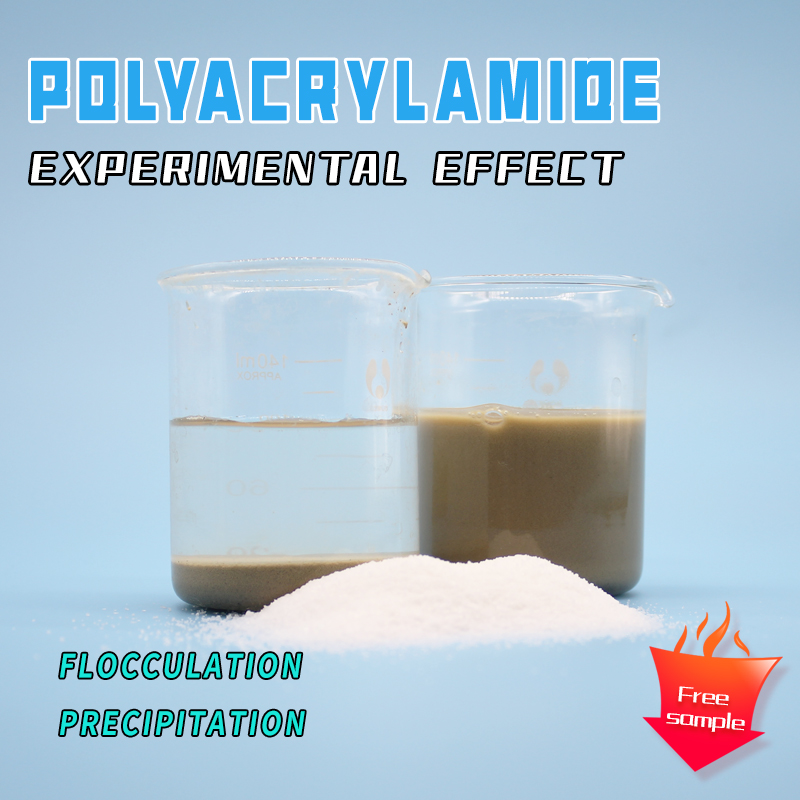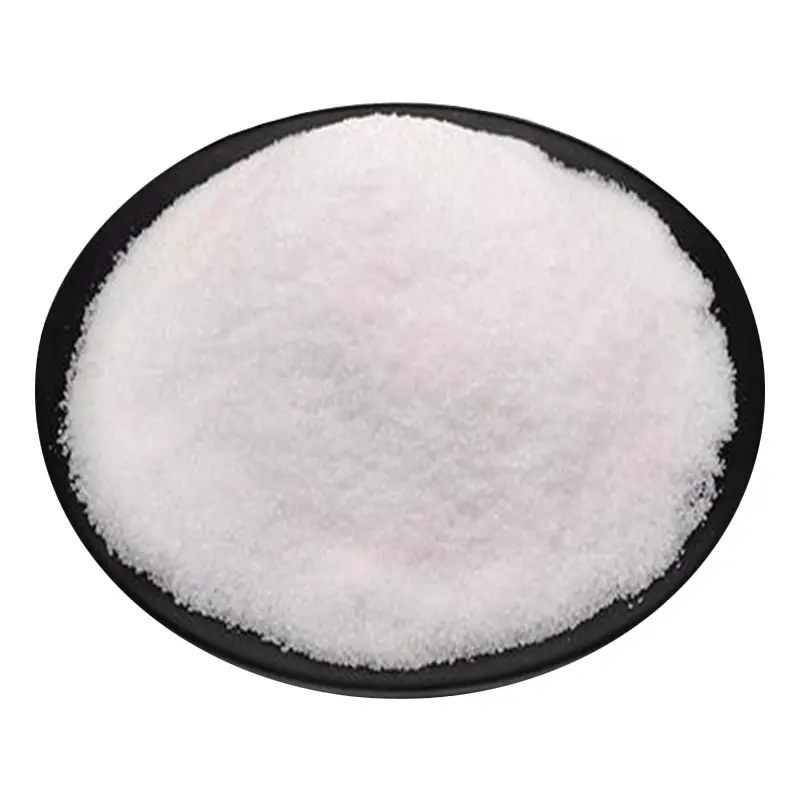Wide application of polyacrylamide
Polyacrylamide (PAM) is a polymer compound made from acrylamide monomers. It has the characteristics of strong water absorption and high molecular weight, and is widely used in various fields. Polyacrylamide has ideal chemical stability and is non-toxic, odorless, non-irritating, and insoluble in most organic solvents. The aqueous solution of polyacrylamide has colloidal properties, and …

